Check out two new new collections we launched this morning: Sherlock Holmes and Charles Dickens. Explore Victorian London of Oliver Twist or Edwin Drood or follow along in the footsteps of Holmes and Dr. Watson as they solve the curious case of the dog in the nighttime. The full press is release below.

—
Placing Literature Launches Charles Dickens and Sherlock Holmes Collections
Readers, travelers and literary tourists can explore more than
600 places around Victorian London
NEW HAVEN, CONN., Oct. 13, 2016—Placing Literature (PlacingLiterature.com) today launched two literary maps from Victorian literature—Charles Dickens curated by the Dickens Society and Sherlock Holmes curated by Thomas Bruce Wheeler, author of The Mapped London of Sherlock Holmes. The interactive map allows readers to browse, visit and share the sites of famous (and not so famous) scenes from the Dickens and Arthur Conan Doyle canons.
Placing Literature is the global clearinghouse for location-based literary information, collecting crowdsourced information about books and the locations where they take place—and displaying them all on an interactive world map. Since launching in June 2013, readers, educators, librarians and authors have mapped more than 3,500 places from novels, short stories, poems and plays ranging from Shakespeare to Kerouac.
“A single location can evince layers upon layers of imaginaries as Placing Literature reveals,” said Tom Ue, a Victorian Literature scholar at the University of Toronto. “Taking a stroll along the Piccadilly of Victorian and Modernist writing, one may rub shoulders with the adventurer Lord Roxton or, just as likely, the gentleman thief A. J. Raffles. Placing Literature is a wonderful resource for exploring these very connections between literature and geography.”
“Please, Sir, I Want Some More”
 The Dickens Society worked with its members around the world to map more than 100 locations from 12 Dickens novels, including Oliver Twist, David Copperfield, Pickwick Papers, Great Expectations, A Tale of Two Cities, Bleak House and Little Dorrit. Participants in the crowd-sourced project included admirers of the Victorian author from academic scholars at universities to voracious readers.
The Dickens Society worked with its members around the world to map more than 100 locations from 12 Dickens novels, including Oliver Twist, David Copperfield, Pickwick Papers, Great Expectations, A Tale of Two Cities, Bleak House and Little Dorrit. Participants in the crowd-sourced project included admirers of the Victorian author from academic scholars at universities to voracious readers.
The collection will continue to be curated and updated by members of the Dickens Society in hopes of maintaining a live collection that researchers and readers can repeatedly visit to learn new insights into how the author used real places from his life in his stories. At the University of Sassari, Italy, Simonetta Falchi has even led a class of undergraduate students in mapping Oliver Twist as part of their studies, and several of Charles Dickens’ descendants are also involved with the project.
“Seeing this collection of Dickens sites on a virtual map gives you a sense of the incredible scope of Dickens’s fiction and his deep connection to place and space,” said Emily Bowles, Communications Committee Chair for the Dickens Society. “This is a fantastic resource for both academics and enthusiasts, and something our members will continue to build on.”
“Excellent!” I cried. “Elementary,” said he.
 The Sherlock Holmes collection is made up of more than 400 locations identified by Thomas Bruce Wheeler in his ebook, The Mapped London of Sherlock Holmes. Wheeler also maintains an interactive Sherlock Holmes map at www.sherlockslondon.com that includes nine “In Sherlock’s and Watson’s footsteps” walking routes. The book and map also contain GPS addresses for walking instructions on smart phones. The book generates street-level photos of the 400 Sherlock Holmes locales. Created over the course of 20 years, the continually maintained map is useful to both casual fans of the great detective as well as serious Sherlockians.
The Sherlock Holmes collection is made up of more than 400 locations identified by Thomas Bruce Wheeler in his ebook, The Mapped London of Sherlock Holmes. Wheeler also maintains an interactive Sherlock Holmes map at www.sherlockslondon.com that includes nine “In Sherlock’s and Watson’s footsteps” walking routes. The book and map also contain GPS addresses for walking instructions on smart phones. The book generates street-level photos of the 400 Sherlock Holmes locales. Created over the course of 20 years, the continually maintained map is useful to both casual fans of the great detective as well as serious Sherlockians.
“London, That Great Cesspool…”
Each place card on Placing Literature provides rich content about the book, the scene and the place where each plot point occurs. A place card near Saffron Hill indicates the location of Fagin’s Den in Oliver Twist. While nearby in the same neighborhood, Holmes and Dr. Watson speak with an inspector in The Adventure of the Six Napoleons. In White Chapel sits Princess Puffer’s opium den from the Mystery of Edwin Drood—a real parlor which Dickens and his friends would frequent. Right down the street is the home where Sherlock and Dr. Holmes retrieve a bloodhound named Toby in Sign of the Four.
On each card, visitors can view a photo of the location, search Google and Wikipedia for more information on the place, purchase the book from a local bookstore, write a review on Goodreads, share the place on social media, report an error and even check in, indicating that they’ve been to that particular location.
Placing Literature is on the lookout for additional collections of literary places and is putting out a request for data. Libraries, universities, cultural organizations and researchers should contact info@placingliterature.com if they have existing data or would like to work with Placing Literature to create content for local programming.
About Placing Literature
Placing Literature (PlacingLiterature.com) is a crowdsourcing website that maps literary scenes that take place in real locations. Map a scene from your favorite novel or explore the literature of a place at PlacingLiterature.com. Follow us at Facebook.com/PlacingLiterature and twitter.com/PlacingLit.
Tags: #PlacingLiterature, #literaryroadtrip, #maps, #literarymaps, #Dickens, #ArthurConanDoyle, #Sherlock, #OliverTwist, #Victorianliterature, #DickensSociety


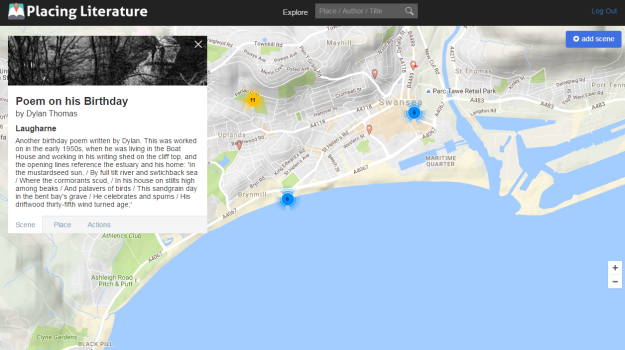

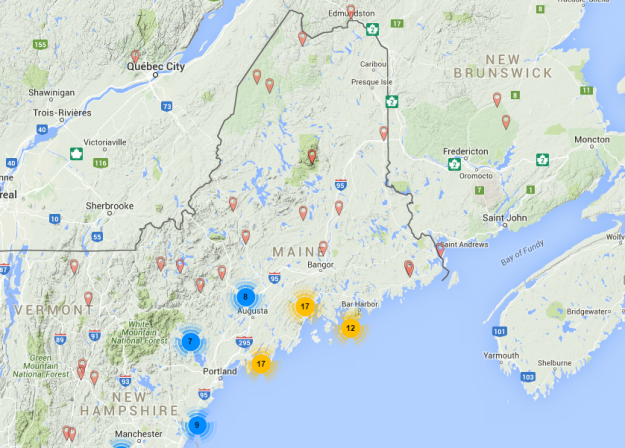 “Maine is quintessentially American and has been the setting for some of the most-loved American novels,” said CEO and Co-Founder Andrew Bardin Williams. “The opportunity to virtually explore literary places gives readers a greater understanding of the books they are reading while enhancing people’s appreciation of the fabulous places in the great state of Maine.”
“Maine is quintessentially American and has been the setting for some of the most-loved American novels,” said CEO and Co-Founder Andrew Bardin Williams. “The opportunity to virtually explore literary places gives readers a greater understanding of the books they are reading while enhancing people’s appreciation of the fabulous places in the great state of Maine.” It’s Placing Literature Week on best-selling author
It’s Placing Literature Week on best-selling author 
 We’ve recently partnered up with the
We’ve recently partnered up with the 
 1.
1. 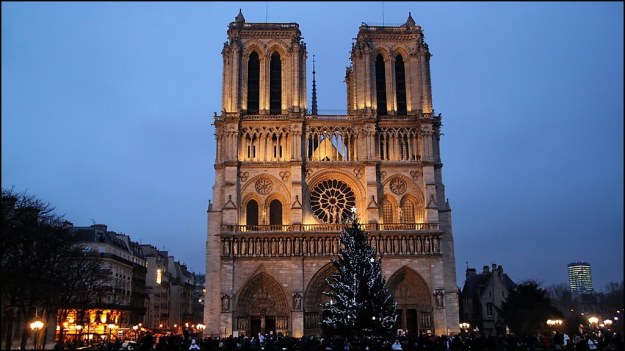 2.
2.  3.
3. 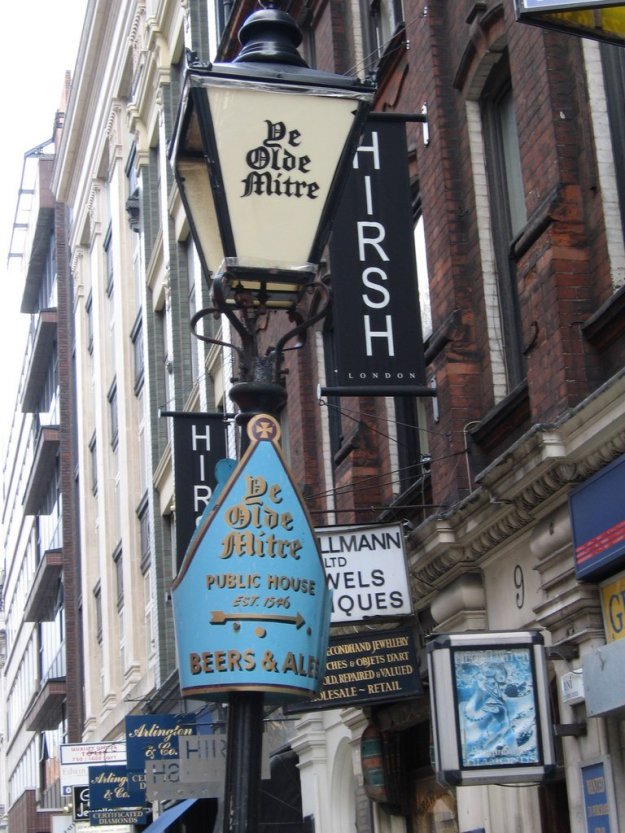 4.
4.  5.
5. 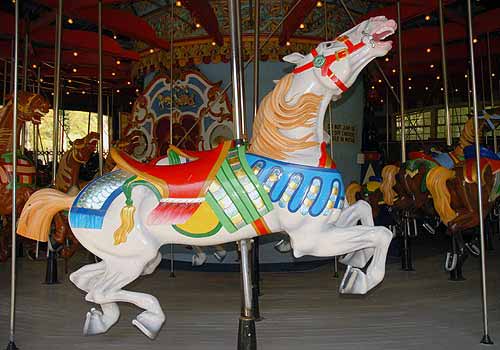
 7.
7.  8.
8.  9.
9.